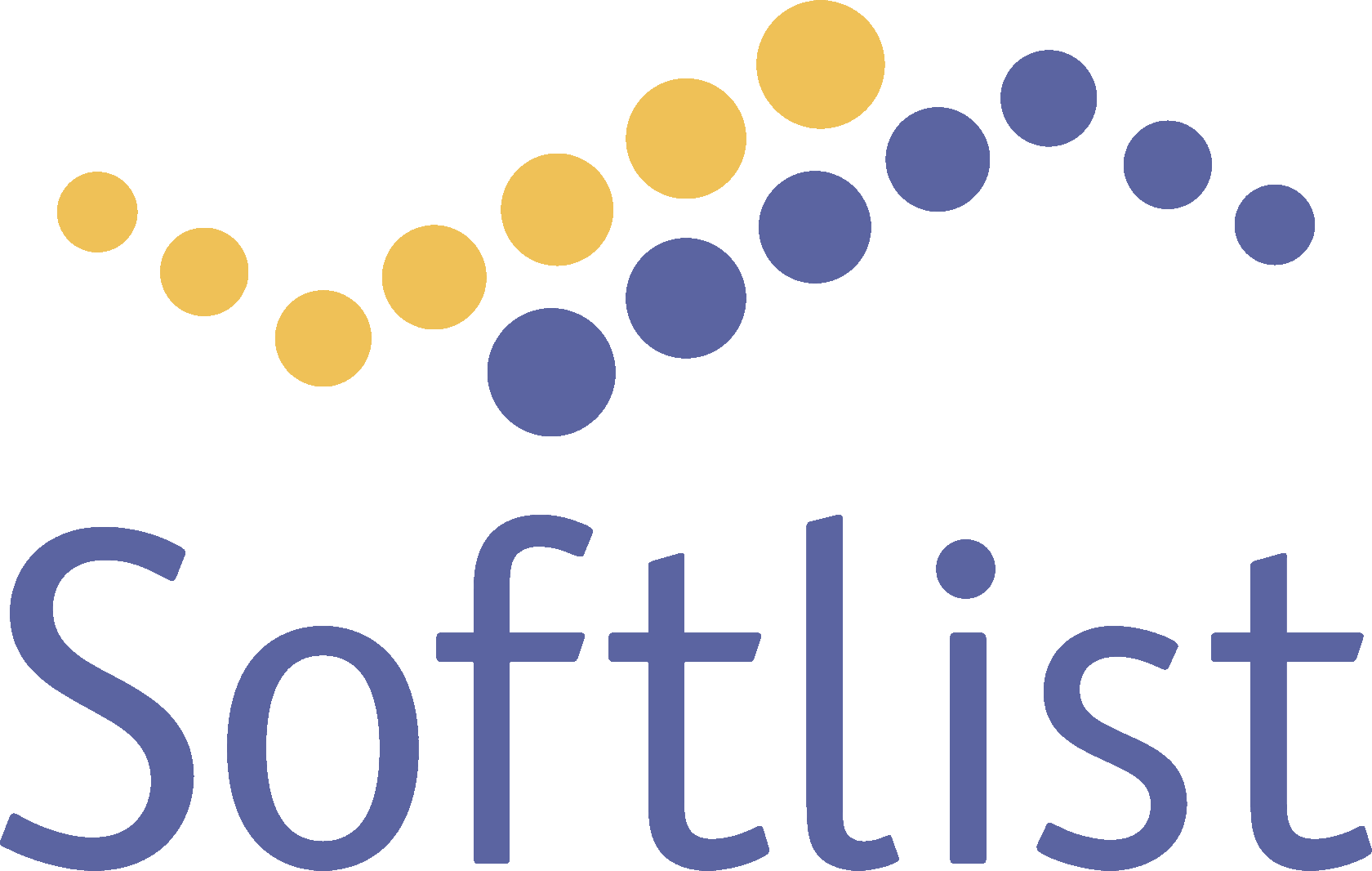As a business owner, you want to ensure that your customers are receiving the best possible experience when it comes to support services. This is where service desk best practices come into play. A well-managed service desk can help your business improve customer satisfaction, productivity, and profitability. In this article, we will explore the key service desk best practices that will help you achieve these goals.
1. Implement a Comprehensive Ticketing System
The foundation of any successful service desk is a comprehensive ticketing system. This system should be able to handle all customer requests, questions, and issues in an efficient manner. When a ticket is created, it should be assigned to the appropriate technician or team member who can resolve the issue as quickly as possible.
To achieve this, your ticketing system should include the following features:
To achieve this, your ticketing system should include the following features:
- Automatic ticket assignment based on the nature of the issue and the expertise of the technician
- Real-time updates on the status of the ticket
- The ability to prioritize urgent requests
- Integration with other support tools, such as knowledge management systems and remote support software.
2. Provide Clear Communication Channels
When it comes to customer support, clear communication is key. Your service desk should provide multiple channels for customers to reach out for support, including email, phone, and chat. Each of these channels should be well-maintained and regularly monitored to ensure that customers receive timely responses.
Additionally, your service desk team should be trained to communicate clearly and effectively. This includes active listening, asking the right questions, and providing accurate and helpful information.
Additionally, your service desk team should be trained to communicate clearly and effectively. This includes active listening, asking the right questions, and providing accurate and helpful information.
3. Establish Service Level Agreements
Service level agreements (SLAs) are formal agreements between your business and your customers that outline the level of service they can expect to receive. These agreements should include the following:
By establishing clear SLAs, you can set expectations with your customers and ensure that your service desk team is working efficiently to meet those expectations.
- The expected response time for different types of issues
- The expected resolution time for different types of issues
- The channels through which customers can receive support
- The escalation process if an issue cannot be resolved within the agreed-upon timeframe.
By establishing clear SLAs, you can set expectations with your customers and ensure that your service desk team is working efficiently to meet those expectations.
4. Provide Comprehensive Training and Support
To ensure that your service desk team is equipped to handle any type of issue, they need to receive comprehensive training and support. This includes training on your products and services, as well as training on customer service and technical skills.
In addition, your service desk team should have access to a knowledge management system that includes detailed documentation on your products and services. This can help them quickly and accurately resolve customer issues.
In addition, your service desk team should have access to a knowledge management system that includes detailed documentation on your products and services. This can help them quickly and accurately resolve customer issues.
5. Continuously Monitor and Improve
Finally, it's important to continuously monitor and improve your service desk processes. This includes regularly reviewing metrics such as response times, resolution times, and customer satisfaction scores. By analyzing these metrics, you can identify areas for improvement and implement changes to improve the overall customer experience.
In conclusion, implementing these service desk best practices can help you improve the efficiency and effectiveness of your customer support services. By providing clear communication channels, establishing SLAs, providing comprehensive training and support, and continuously monitoring and improving your processes, you can ensure that your customers are receiving the best possible experience.
In conclusion, implementing these service desk best practices can help you improve the efficiency and effectiveness of your customer support services. By providing clear communication channels, establishing SLAs, providing comprehensive training and support, and continuously monitoring and improving your processes, you can ensure that your customers are receiving the best possible experience.


